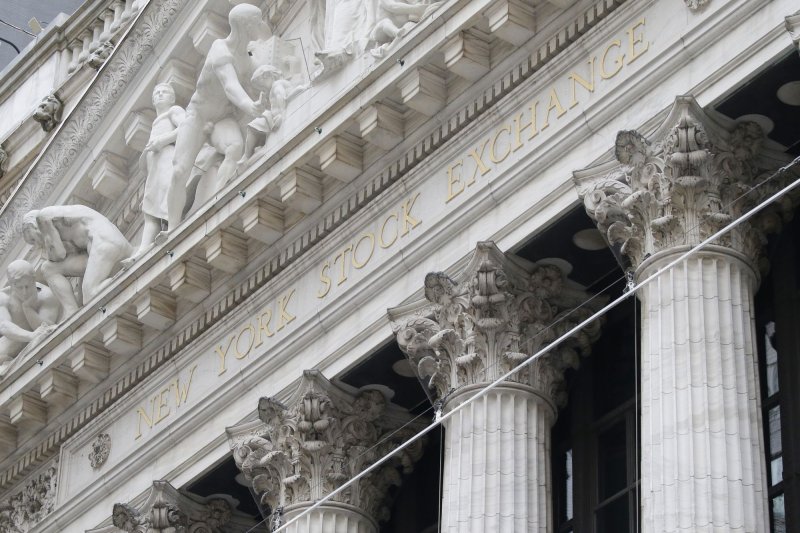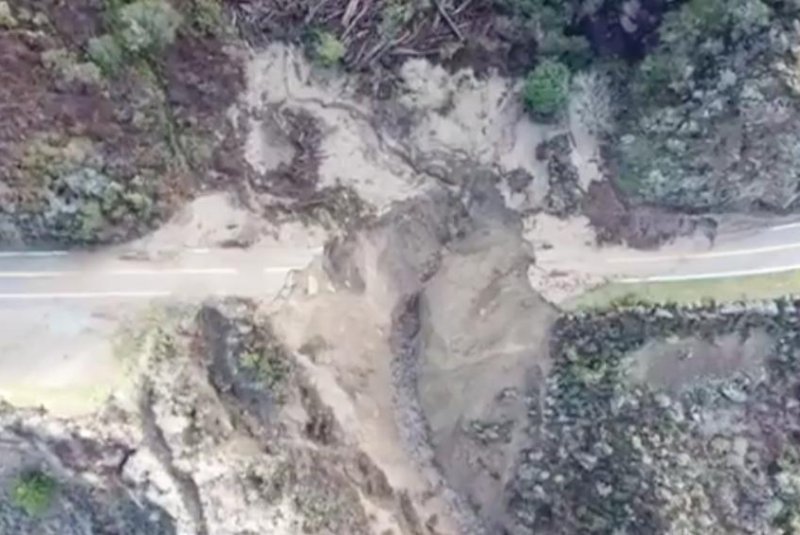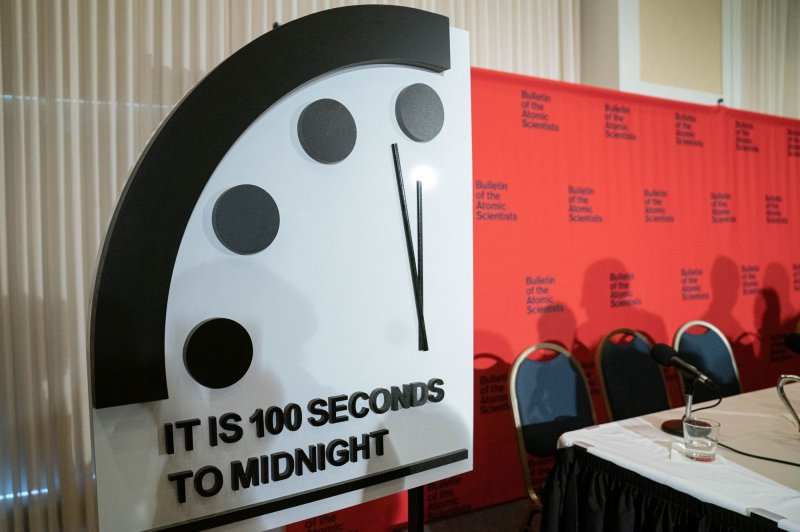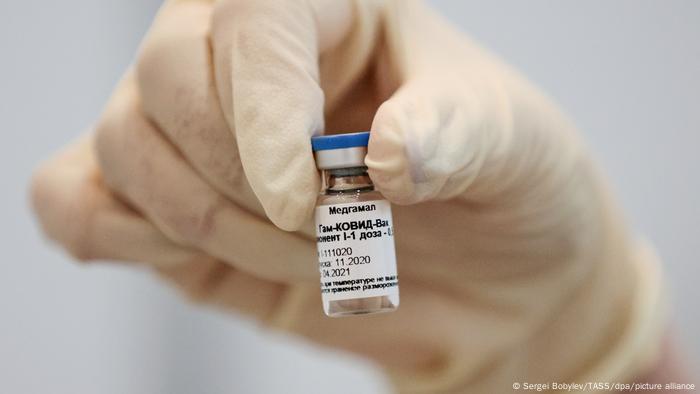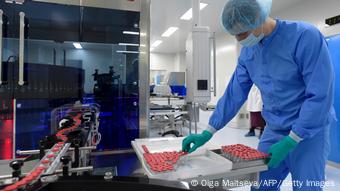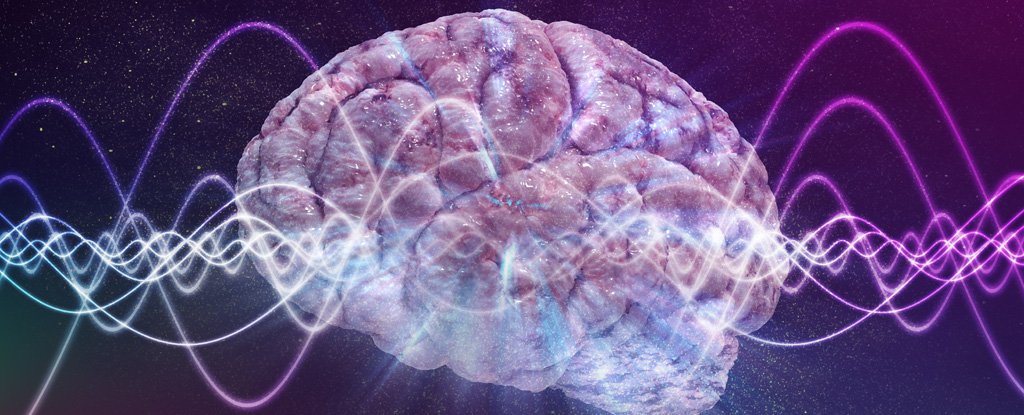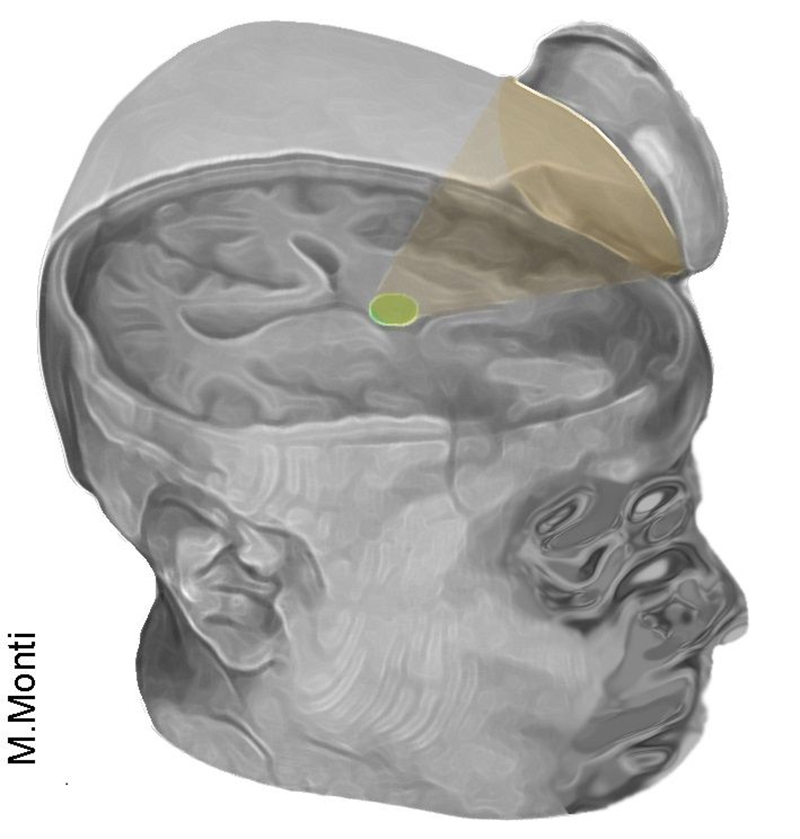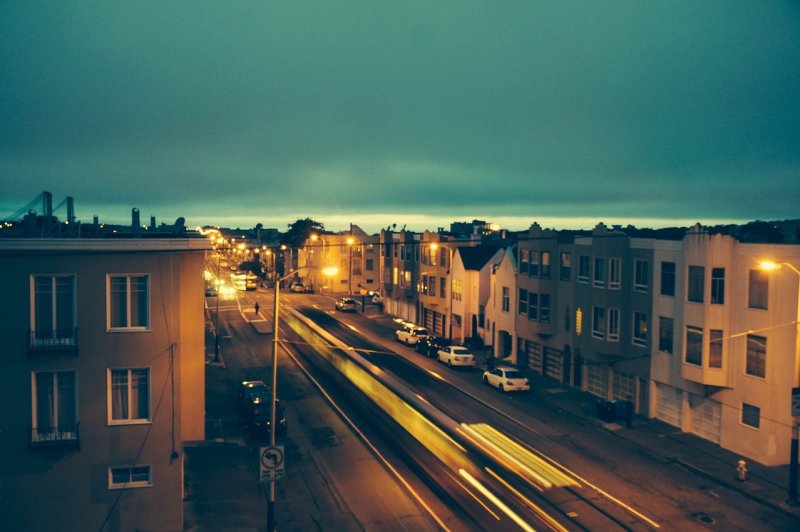
Researchers say that the racist legacy of "redlining," which was outlawed in the 1960s, has left many urban neighborhoods with fewer green spaces -- a threat to the health of people who live in them.
A racist mortgage appraisal practice used in the United States decades ago has resulted in less green space in some urban neighborhoods today, researchers say.
Those so-called "redlined" neighborhoods have higher rates of air and noise pollution, racial segregation and poverty -- all of which can contribute to poorer health.
In the 1930s, the Home Owners' Loan Corporation, or HOLC, gave neighborhoods nationwide risk grades that were based on racial makeup and other factors.
"Hazardous" areas -- often those whose residents included people of color -- were outlined in red on HOLC maps.
RELATED Urban development, pandemic will further diversify suburbs
In the decades since, these neighborhoods have seen less private and public investment and have remained segregated.
"Though redlining is now outlawed, its effects on urban neighborhoods persist in many ways, including by depriving residents of green space, which is known to promote health and buffer stress," said study first author Anthony Nardone, a medical student at the University of California, San Francisco.
Senior author Joan Casey called for action to remedy the problem.
RELATED 'Redlined' neighborhoods have higher rates of asthma than others
"Future policies should, with the input of local leaders, strive to expand availability of green space, a health-promoting amenity, in communities of color," she said. Casey is an assistant professor of environmental health sciences at Columbia University's Mailman School of Public Health in New York City.
For the study, the researchers examined the relationship between HOLC risk grades and 2010 satellite images of green space in 72 urban areas.
The analysis doesn't provide an indication of green space quality. For example, green space in hot, dry regions may not be reasonable substitutes for closeness to natural environments and their health-related benefits.
RELATED Louisville, Ky., mayor declares racism a public health crisis
Nor did the researchers distinguish between public and private green space or untended forest and manicured parks.
In some areas, the presence of green space in the 1930s may have reduced a neighborhood's chances of being redlined, the study authors noted in a Columbia University news release.
The practice was banned in 1968, but racist banking and real estate practices have persisted, according to the study authors.
They said these are reflected in the fallout of the subprime mortgage crisis, in which those communities were disproportionately targeted with foreclosures and predatory loans by banks.
The findings were published this week in the journal Environmental Health Perspectives.More information
The National Recreation and Park Association has more on the health benefits of green space.
Copyright 2020 HealthDay. All rights reserved.




